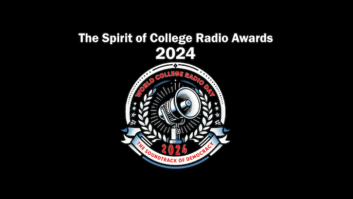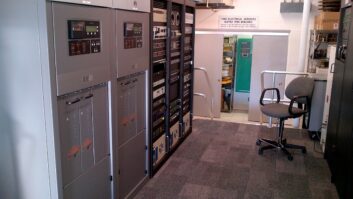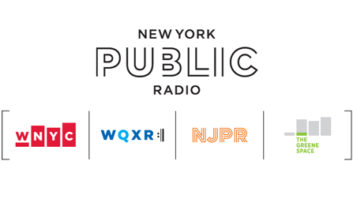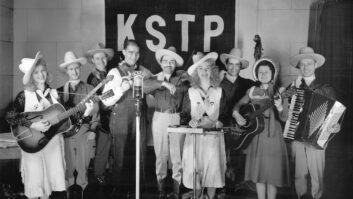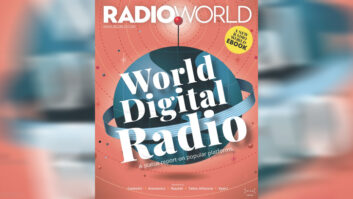“As of the start of this year, time spent with the digital streams of broadcast radio stations nationwide hit 20% of the total time spent with all radio among persons 25–54,” says Jon Miller, vice president of audience insights at Nielsen.
“That’s not an insignificant number and reflects the evolution of audio use over the past decade as digital streaming became so widespread.”
He said the data comes from Edison’s Share of Ear study, which has been tracking the percentages for many years. For comparison, at the beginning of 2021 the number was 14% of all time spent with radio was coming from digital streams. Today it has grown to 20% in this demographic.
Miller talked with Radio World recently for our ebook “The Ecosystem of Streaming.” We asked him for insights into Nielsen’s approach to streaming in the radio ecosystem.
RW: Briefly describe how Nielsen captures and quantifies radio audio stream listening.
Miller: In PPM markets — the top 50 largest markets in the U.S. — we use encoding technology to passively capture what panelists are exposed to. Encoding is simply an audible (but undetectable to the human ear) watermark on any piece of audible content. So in those markets, broadcasters can encode their digital streams and the PPM can pick it up. Across the rest of the country, in 200+ diary markets, we ask diary keepers to note how they are listening to the station, and if they note that they are listening to a digital stream of a station, that gets counted in the ratings, as well.
RW: How does Nielsen account for the fact that some stream listening is done on earbuds, where the audio presumably is not detectable by the PPM system?
Miller: Starting in late 2020 we introduced the headphone adjustment, which accounts for this gap in measurement. The headphone adjustment is a statistical model developed by Nielsen and based on extensive follow-up research with former PPM panelists, about how often they use earbuds or headphones to listen to streams of broadcast stations. In essence, the adjustment boosts the AQH for all digital streams of broadcast stations. It was updated in 2021 and we are planning to update it again later this year or early next year.
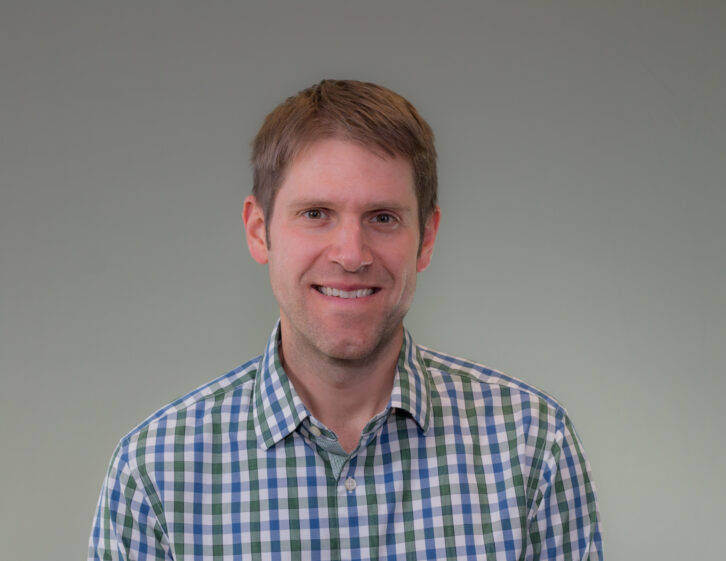
RW: Following on that, how much of an uplift was provided after Nielsen implemented the new factor to account for earbud listening?
Miller: The uplift to overall radio AQH in the PPM markets was 4% when we first introduced the headphone adjustment in October 2020.
RW: Do current diaries ask survey participants whether they were listening to a stream? If not why not?
Miller: We instruct diary keepers to note as many details as possible about the stations they are listening to, including if it is a digital stream.
RW: What steps should a Nielsen client take to assure that they’re getting the most accurate, highest-quality measurement data about their streaming?
Miller: In PPM markets the streams need to be encoded in order to be measured. Stations can work with Nielsen to get the technology in place if it isn’t already.
RW: What is Market-Wide TLR and why does it matter?
Miller: This is a new service that enables clients in only PPM markets to see a market-wide view of streaming audio consumption. Previously, clients could only see these estimates for their own TLR stations, limiting their ability to fully understand market trends and shifting consumer habits. With this new service, they will now have access to a comprehensive view of broadcast streaming for any other station in the market that is in a TLR relationship.
RW: Nielsen reportedly is working toward electronic rather than paper diaries in the future. What are the implications of measuring streaming listening, if any?
Miller: Conceptually the mobile survey (which would move from the current paper diary to an online diary) will act very much like the current system, only it will be a digital service rather than something you fill out by hand. Diary keepers will continue to be asked to note as many details about the stations they are listening to.
RW: How close are we to the radio industry having a holistic measurement that combines server-side streaming and terrestrial measurement? What’s your message to radio clients about them providing their data to Nielsen to support that?
Miller: This is a top priority for Nielsen as we look to continue evolving our measurement of the audio landscape. In order to capture and account for all the ways consumers use audio, we are working to develop solutions for both content and ad measurement. The framework for this combines census-level proportional measurement — what we do now with PPM panels and diary samples — with rich big data sets such as the server-side streaming data you referenced. We will continue engaging with radio clients on this front and will work at the pace the industry is ready to move at.
